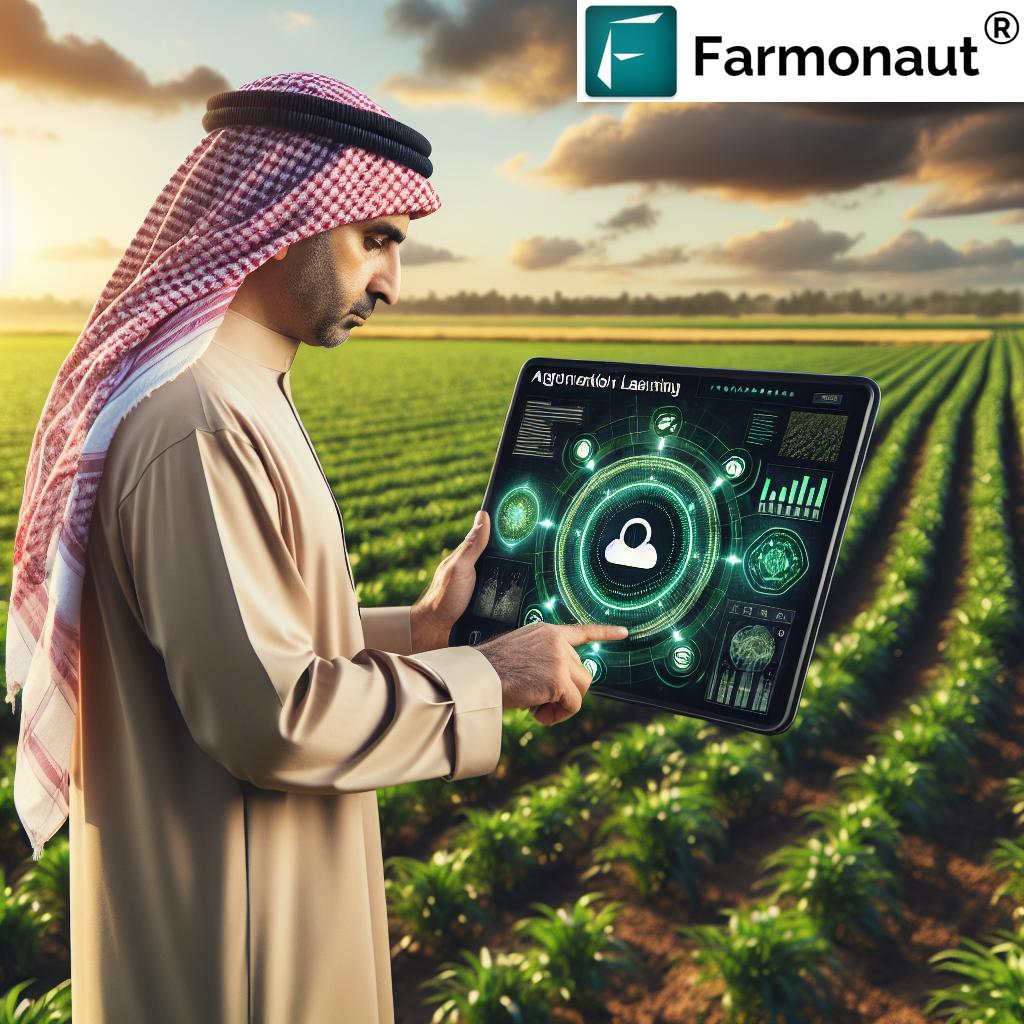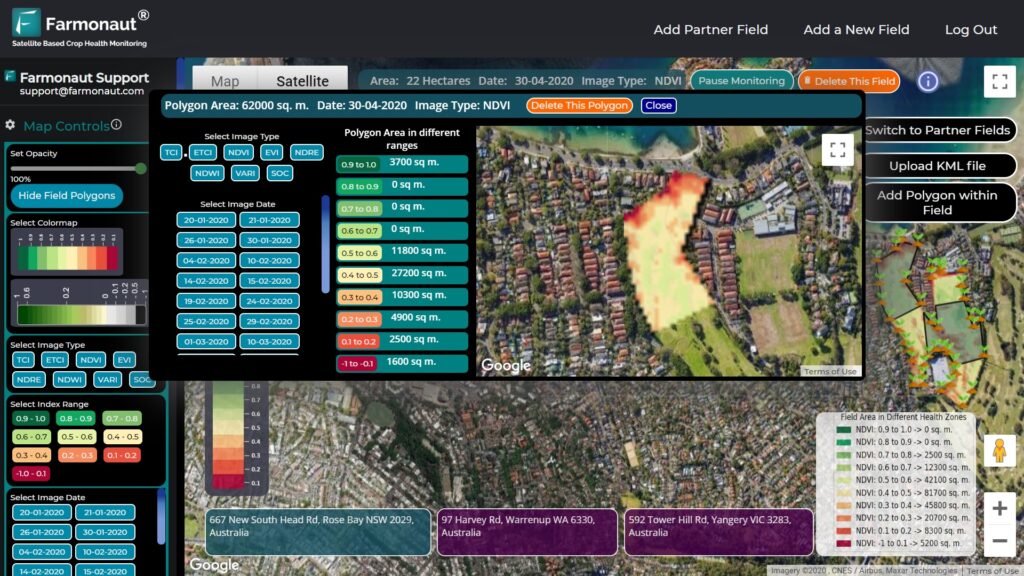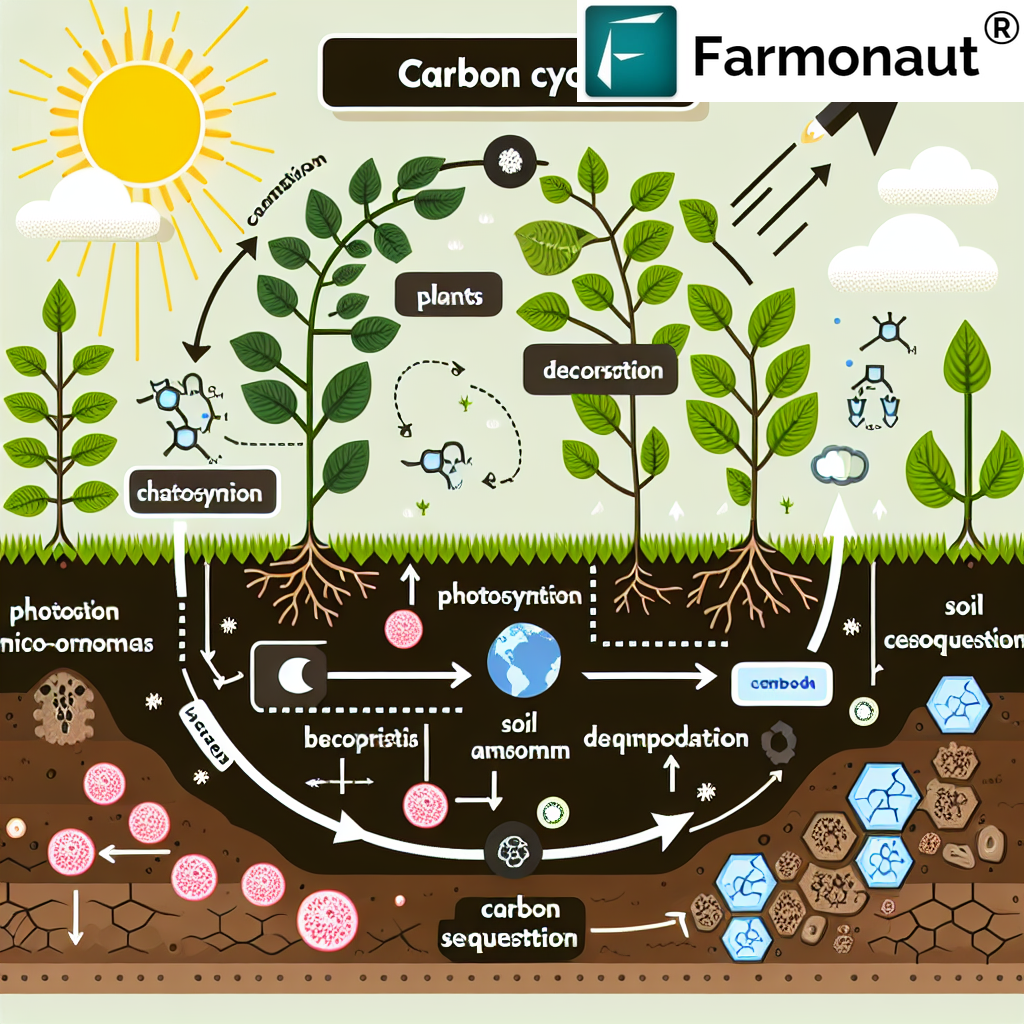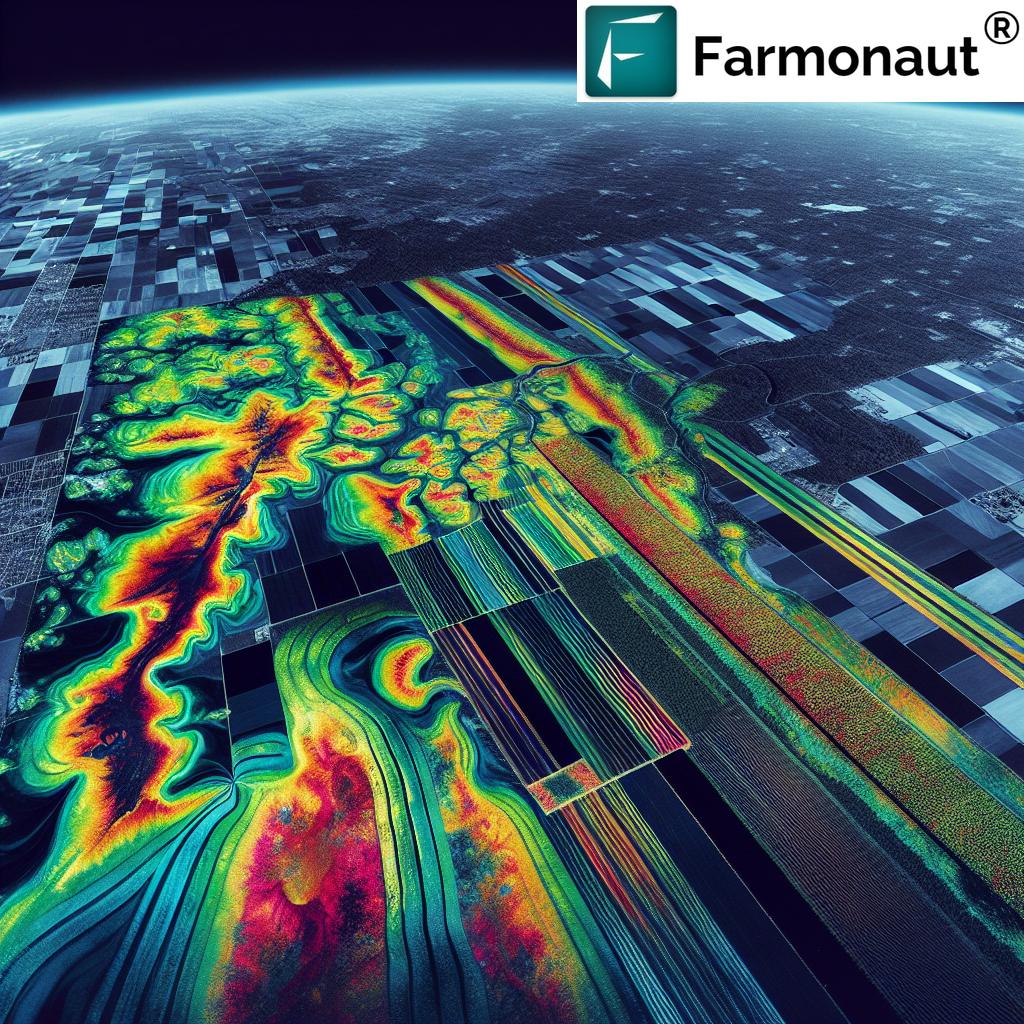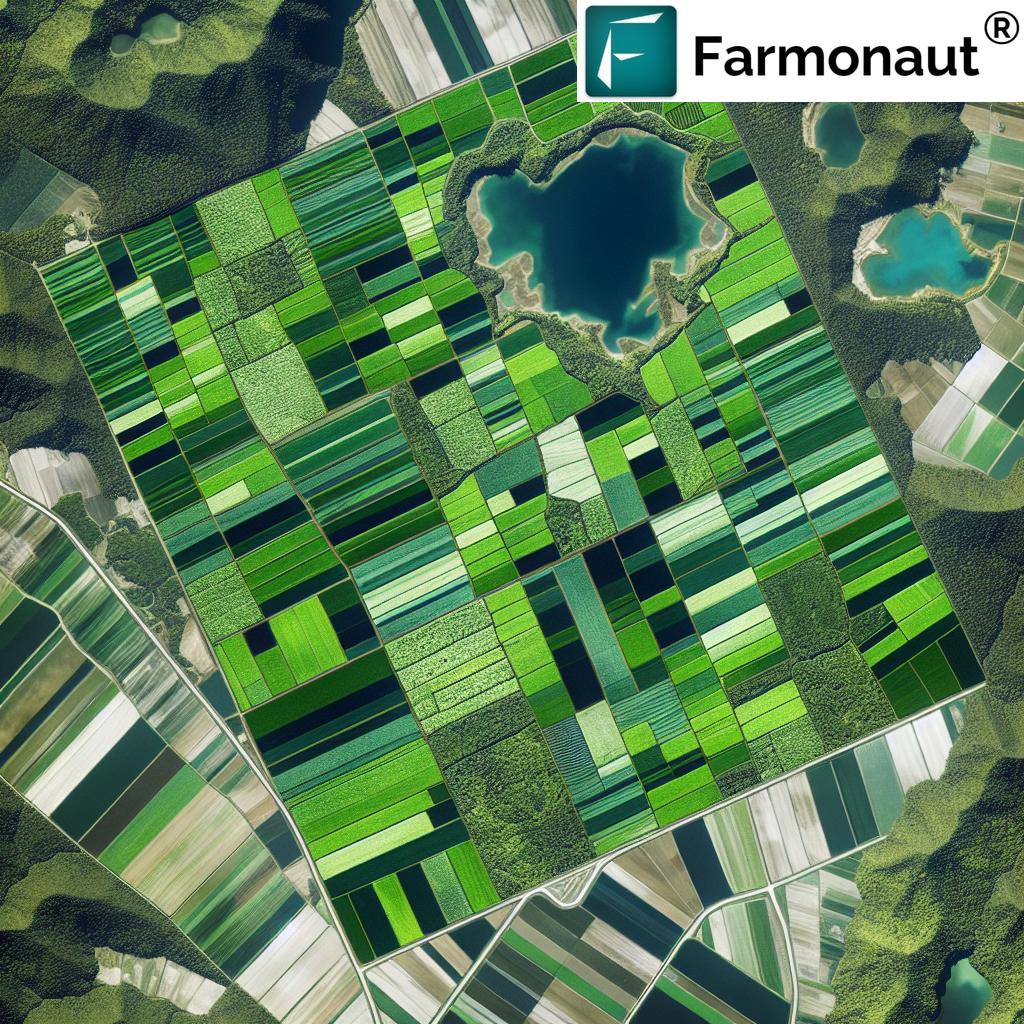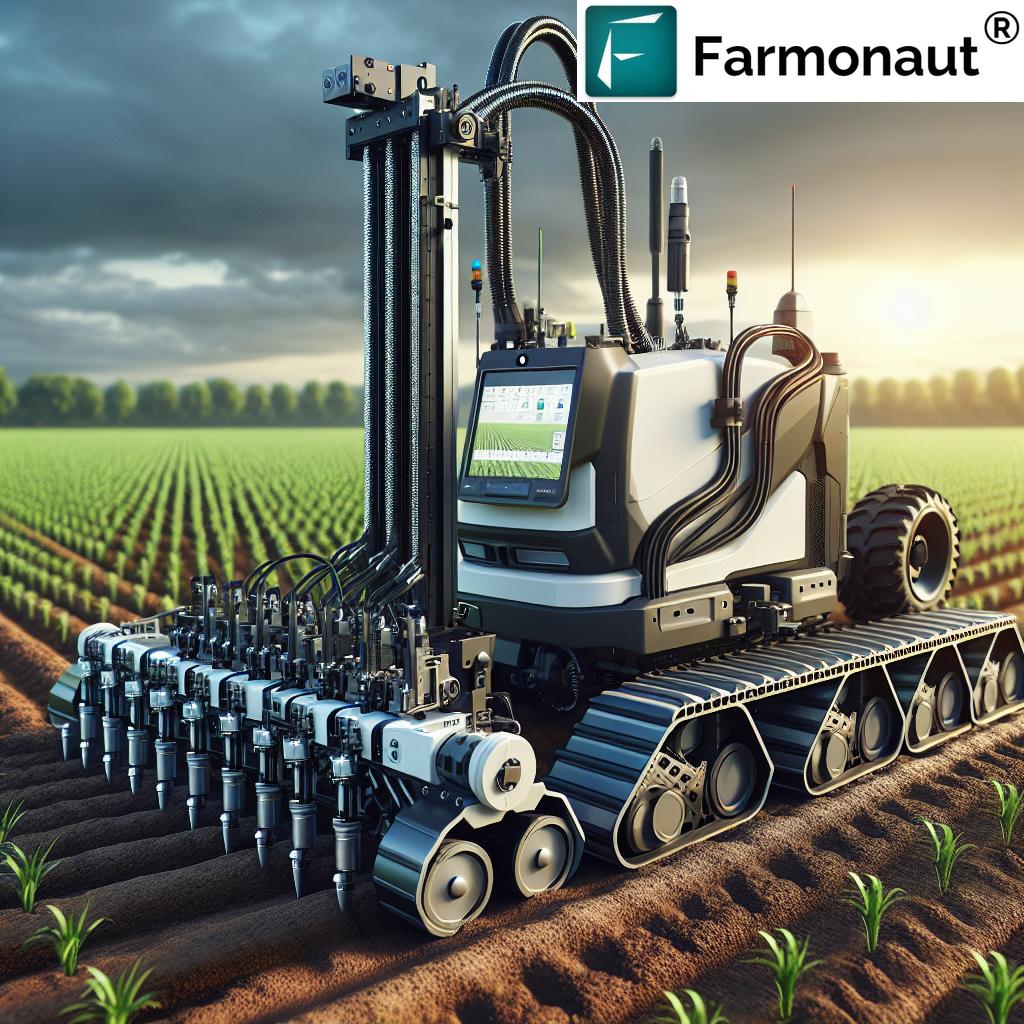Revolutionizing Agriculture: Precision Scouting and AI-Driven Insights for Optimized Crop Performance and Farm Profitability
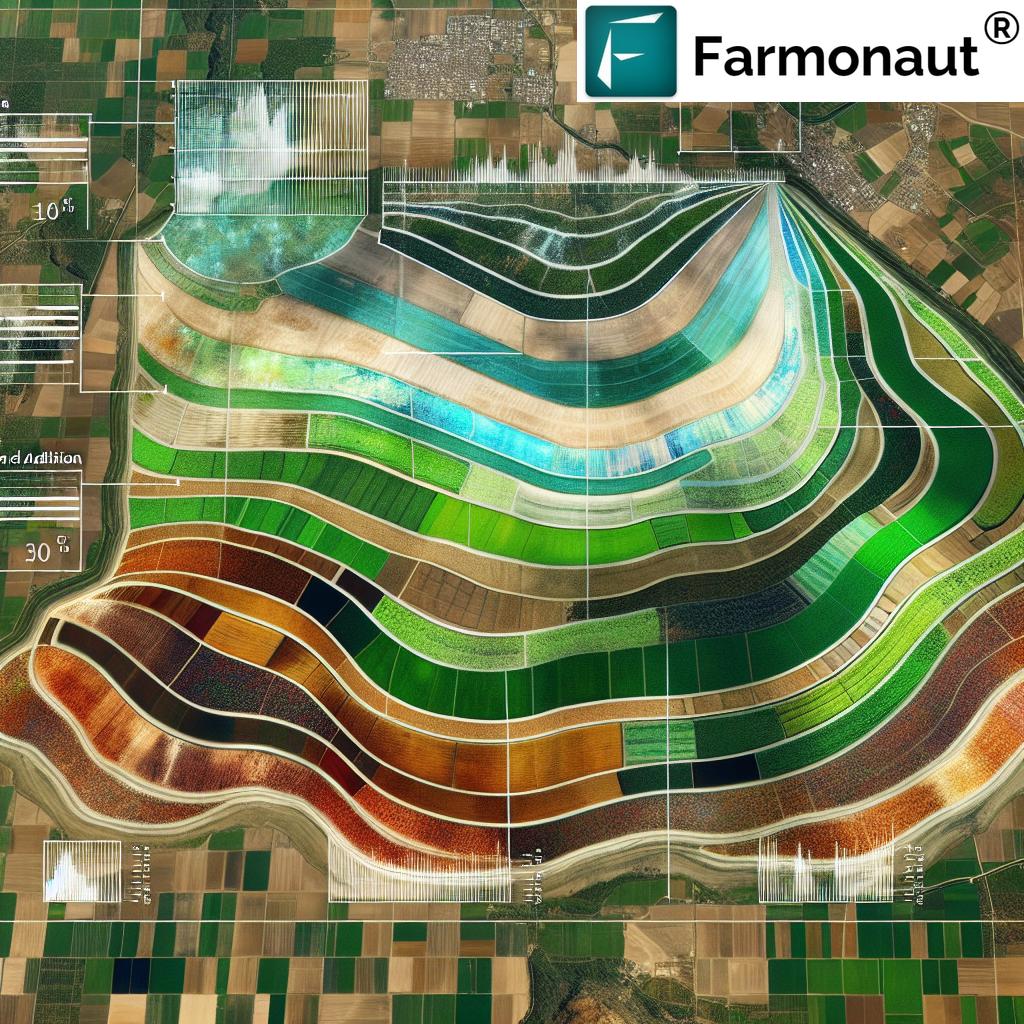
In the ever-evolving landscape of modern agriculture, we find ourselves at the forefront of a technological revolution that is reshaping the way we approach farming. The integration of precision scouting services, AI-driven insights, and advanced data connectivity is paving the way for unprecedented levels of crop performance analysis and farm profitability. As we delve into this transformative era, we’re excited to explore how these innovations are empowering growers, agronomists, and agricultural service providers to make more informed decisions and optimize their operations like never before.
The Dawn of Precision Agriculture: Bridging Technology and Farming
Precision agriculture has emerged as a game-changing approach to farming, leveraging cutting-edge technologies to enhance productivity, reduce waste, and increase profitability. At the heart of this revolution lies the concept of precision scouting, a service that combines satellite imagery, computer vision algorithms, and machine learning to provide farmers with unparalleled insights into their fields.
Through precision scouting, we can now detect and predict crop conditions with remarkable accuracy, offering a level of broad acre awareness that was previously unattainable. This technology allows us to identify stressed areas within fields, enabling timely interventions and targeted resource allocation.
AI-Driven Insights: The Brain Behind Smart Farming
The true power of precision agriculture lies in its ability to generate actionable insights from vast amounts of data. AI-driven analytics process information from various sources, including:
- Satellite imagery
- Weather data
- Soil sensors
- Historical crop performance
By analyzing these diverse data sets, AI algorithms can provide recommendations for:
- Optimal planting times
- Precise irrigation schedules
- Targeted fertilizer application
- Early pest and disease detection
These insights empower farmers to make data-driven decisions that can significantly impact crop health, yield, and overall farm profitability.
The Role of Data Connectivity in Modern Farming
In today’s interconnected world, data connectivity forms the backbone of precision agriculture. The ability to seamlessly sync and integrate information from various sources is crucial for creating a comprehensive view of farm operations. This connectivity allows for:
- Real-time data updates from field sensors
- Instant sharing of scouting reports
- Integration with farm management software
- Access to historical data for trend analysis
By leveraging robust data connectivity, we can ensure that all stakeholders in the agricultural value chain have access to timely and accurate information, facilitating better collaboration and decision-making.
Enhancing Crop Performance Through Advanced Analytics
One of the most significant advantages of precision agriculture is its ability to optimize crop performance through detailed analysis and monitoring. By utilizing high-resolution satellite imagery and advanced computer vision techniques, we can now assess crop health at a leaf-level accuracy. This granular approach allows for:
- Early detection of nutrient deficiencies
- Identification of water stress
- Monitoring of crop growth stages
- Assessment of overall plant vigor
With this level of detail, farmers can take proactive measures to address issues before they escalate, ensuring optimal crop development throughout the growing season.
Variable Rate Prescriptions: Precision in Action
One of the most tangible applications of precision agriculture is the development of variable rate prescriptions. This technology allows for the customized application of inputs such as fertilizers, pesticides, and water based on the specific needs of different areas within a field. The benefits of variable rate prescriptions include:
- Reduced input costs
- Improved resource efficiency
- Enhanced crop uniformity
- Minimized environmental impact
By applying resources only where and when they are needed, farmers can optimize their operations while promoting sustainable farming practices.
The Impact on Farm Profitability
The ultimate goal of precision agriculture is to increase farm profitability. By leveraging AI-driven insights and precision scouting services, farmers can:
- Reduce operational costs
- Increase crop yields
- Improve product quality
- Minimize crop losses
These factors contribute to a more robust bottom line, allowing farmers to reinvest in their operations and stay competitive in an increasingly challenging market.
Integrating Precision Agriculture into Farm Management
Adopting precision agriculture technologies requires a shift in farm management practices. To fully leverage these tools, farmers should consider:
- Investing in training and education
- Upgrading equipment for compatibility with precision farming systems
- Implementing data management strategies
- Collaborating with agronomists and technology providers
By taking a holistic approach to integration, farmers can ensure they maximize the benefits of precision agriculture across their entire operation.
The Future of Precision Agriculture
As we look to the future, the potential for precision agriculture continues to expand. Emerging technologies and trends include:
- Integration of Internet of Things (IoT) devices for real-time monitoring
- Advanced predictive modeling for crop yield forecasting
- Drone-based scouting and mapping
- Blockchain technology for improved traceability and supply chain management
These innovations promise to further revolutionize the agricultural industry, driving efficiency, sustainability, and profitability to new heights.
Comparing Traditional Farming with Precision Agriculture
To better understand the advantages of precision agriculture, let’s compare traditional farming methods with modern precision scouting systems:
| Feature | Traditional Farming | Farmonaut System |
|---|---|---|
| Field Monitoring | Manual, time-consuming scouting | Satellite-based, continuous monitoring |
| Crop Health Analysis | Visual inspection, subjective | AI-driven analysis, objective data |
| Variable Rate Prescriptions | Uniform application across fields | Customized prescriptions for specific areas |
| Data Integration | Limited, often siloed information | Comprehensive data integration and analysis |
| Decision Support | Based on experience and intuition | Data-driven insights and recommendations |
| Cost Efficiency | Higher input costs, potential waste | Optimized resource use, reduced waste |
Leveraging Precision Agriculture for Sustainable Farming
In an era where environmental concerns are at the forefront of global discussions, precision agriculture offers a path towards more sustainable farming practices. By optimizing resource use and minimizing waste, we can:
- Reduce the environmental impact of agricultural operations
- Conserve water through targeted irrigation
- Minimize soil degradation and erosion
- Decrease the use of chemical inputs
These sustainable practices not only benefit the environment but also contribute to long-term farm viability and profitability.
The Role of Machine Learning in Crop Protection
Machine learning algorithms play a crucial role in modern crop protection strategies. By analyzing vast datasets of historical crop performance, weather patterns, and pest occurrences, these algorithms can:
- Predict potential pest and disease outbreaks
- Recommend optimal timing for preventive treatments
- Identify resistant crop varieties for specific regions
- Optimize the use of biological control agents
This proactive approach to crop protection helps farmers stay ahead of potential threats, reducing the need for reactive and often more costly interventions.
Enhancing Field Insights through Data Visualization
One of the key advantages of modern precision agriculture systems is their ability to present complex data in easily digestible formats. Advanced data visualization tools allow farmers and agronomists to:
- View multi-layered maps of their fields
- Analyze trends over time through interactive charts
- Compare performance across different fields or seasons
- Identify patterns that may not be apparent in raw data
These visualization capabilities enable quicker decision-making and more effective communication of insights across farm management teams.
The Importance of Weather Data in Precision Agriculture
Accurate and timely weather data is crucial for precision agriculture. By integrating local and regional weather information, farmers can:
- Plan planting and harvesting operations with greater precision
- Adjust irrigation schedules based on rainfall predictions
- Optimize the timing of fertilizer and pesticide applications
- Assess potential risks to crop health due to extreme weather events
The integration of real-time weather data with other precision agriculture tools provides a more comprehensive view of field conditions, enabling more informed decision-making.
Precision Agriculture and Risk Management
In the unpredictable world of agriculture, effective risk management is essential for long-term success. Precision agriculture tools contribute to risk mitigation by:
- Providing early warning systems for potential crop stressors
- Enabling more accurate yield predictions
- Facilitating better inventory management
- Supporting data-driven crop insurance decisions
By leveraging these tools, farmers can build more resilient operations capable of weathering various challenges, from market fluctuations to climate variability.
The Role of Precision Agriculture in Global Food Security
As the world population continues to grow, the importance of efficient and sustainable food production becomes increasingly critical. Precision agriculture contributes to global food security by:
- Increasing crop yields on existing agricultural land
- Reducing food waste through optimized production and harvesting
- Enabling cultivation in challenging environments through targeted resource management
- Improving the nutritional quality of crops through precise nutrient management
By adopting precision agriculture techniques on a global scale, we can work towards ensuring a stable and sustainable food supply for future generations.
Integrating Precision Agriculture with Farm Management Software
To maximize the benefits of precision agriculture, integration with comprehensive farm management software is essential. These integrated systems allow for:
- Centralized data storage and analysis
- Seamless communication between different farm operations
- Automated record-keeping and compliance reporting
- Enhanced financial planning and budgeting
By creating a unified platform for all aspects of farm management, these integrated solutions streamline operations and facilitate more informed decision-making.
The Role of Agronomists in Precision Agriculture
While technology plays a crucial role in precision agriculture, the expertise of agronomists remains invaluable. In the context of precision farming, agronomists:
- Interpret complex data and provide context-specific recommendations
- Design custom fertility and crop protection programs
- Assist in the calibration and optimization of precision agriculture tools
- Provide ongoing education and support to farmers adopting new technologies
The collaboration between agronomists and precision agriculture technologies creates a powerful synergy that drives agricultural innovation and productivity.
Precision Agriculture and Market Access
The adoption of precision agriculture can also open new market opportunities for farmers. By leveraging these technologies, producers can:
- Meet specific quality standards required by premium markets
- Provide traceability and transparency in their production methods
- Differentiate their products based on sustainable or precision farming practices
- Adapt quickly to changing market demands and consumer preferences
These capabilities can lead to increased market access and potentially higher profit margins for precision agriculture practitioners.
The Economic Impact of Precision Agriculture
The widespread adoption of precision agriculture has significant economic implications beyond individual farm profitability. On a broader scale, precision farming contributes to:
- Increased agricultural productivity and efficiency
- Reduced environmental costs associated with farming
- Creation of new jobs in agtech and related industries
- Enhanced competitiveness of the agricultural sector in the global market
As precision agriculture continues to evolve, its positive economic impact is likely to grow, benefiting farmers, rural communities, and national economies alike.
Overcoming Challenges in Precision Agriculture Adoption
While the benefits of precision agriculture are clear, there are still challenges to widespread adoption. Some of the key hurdles include:
- Initial investment costs for technology and equipment
- Need for technical skills and training
- Data privacy and security concerns
- Ensuring reliable internet connectivity in rural areas
Addressing these challenges requires collaboration between technology providers, policymakers, and educational institutions to create an environment that supports the transition to precision farming practices.
The Future of Precision Agriculture: Emerging Technologies
As we look to the future, several emerging technologies promise to further revolutionize precision agriculture:
- Artificial Intelligence and Deep Learning for more accurate predictions and recommendations
- 5G networks for enhanced real-time data transmission and remote operations
- Gene editing techniques for developing more resilient and productive crop varieties
- Advanced robotics for autonomous planting, maintenance, and harvesting
These technologies have the potential to take precision agriculture to new heights, further optimizing farm operations and increasing global food production capacity.
Conclusion: Embracing the Precision Agriculture Revolution
As we’ve explored throughout this comprehensive overview, precision agriculture, powered by AI-driven insights and advanced scouting technologies, is transforming the face of modern farming. By embracing these innovations, farmers can optimize their operations, increase profitability, and contribute to a more sustainable and food-secure future.
The journey towards fully integrated precision agriculture is ongoing, and there will undoubtedly be challenges along the way. However, the potential benefits for individual farmers, the agricultural industry, and global food security are too significant to ignore. As we continue to refine and expand these technologies, we move closer to a future where farming is not just a practice, but a precise science, driven by data, empowered by technology, and guided by a deep understanding of our natural world.
For those looking to take the next step in their precision agriculture journey, we encourage you to explore the advanced solutions offered by Farmonaut. Our platform combines cutting-edge satellite technology, AI-powered analytics, and user-friendly interfaces to provide farmers with the tools they need to succeed in the modern agricultural landscape.
Visit our website to learn more about how Farmonaut can revolutionize your farming operations. For developers interested in integrating our powerful APIs into their own agricultural solutions, check out our API documentation.
Download our mobile app to take the power of precision agriculture with you wherever you go:
For more detailed information on our satellite and weather API services, visit our developer documentation.
Ready to Transform Your Farming Operations?
Subscribe to Farmonaut’s precision agriculture services and start optimizing your farm today:
Frequently Asked Questions (FAQ)
Q: What is precision agriculture?
A: Precision agriculture is an approach to farm management that uses information technology and a wide array of items such as GPS guidance, control systems, sensors, robotics, drones, autonomous vehicles, variable rate technology, GPS-based soil sampling, automated hardware, telematics, and software to optimize returns on inputs while preserving resources.
Q: How does AI contribute to precision agriculture?
A: AI in precision agriculture analyzes data from various sources like satellite imagery, weather stations, and soil sensors to provide insights and recommendations for farm management. It can predict crop yields, detect plant diseases, optimize irrigation, and much more.
Q: What are the main benefits of adopting precision agriculture techniques?
A: The main benefits include increased crop yields, reduced input costs, improved farm profitability, more efficient use of resources, reduced environmental impact, and better decision-making based on accurate data.
Q: How does satellite imagery help in precision agriculture?
A: Satellite imagery provides a broad view of field conditions, allowing farmers to monitor crop health, detect stress areas, track growth patterns, and make informed decisions about resource allocation across large areas.
Q: What is variable rate technology in precision agriculture?
A: Variable rate technology allows farmers to apply different amounts of inputs (such as fertilizers, seeds, or pesticides) to different areas of a field based on the specific needs of each area, optimizing resource use and potentially increasing yields.
Q: How can precision agriculture help in sustainable farming?
A: Precision agriculture promotes sustainability by optimizing the use of resources, reducing waste, minimizing chemical inputs, and helping farmers make more environmentally friendly decisions based on accurate data about their fields and crops.
Q: What kind of data is collected in precision agriculture?
A: Precision agriculture collects various types of data, including soil composition, crop yields, terrain features, organic matter content, moisture levels, nitrogen levels, pH, crop health indices, and weather data.
Q: How does precision agriculture impact farm profitability?
A: Precision agriculture can increase profitability by optimizing input use, improving yields, reducing waste, and allowing for more efficient farm management. It can also help farmers make better marketing decisions based on accurate yield predictions.
Q: What skills are needed to implement precision agriculture?
A: Implementing precision agriculture requires a mix of traditional farming knowledge and technological skills. Familiarity with data analysis, GPS systems, farm management software, and basic computer skills are increasingly important.
Q: How does weather data integration benefit precision agriculture?
A: Integrating weather data allows for more accurate predictions of crop needs, optimal planting and harvesting times, and potential pest or disease outbreaks. It helps farmers make timely decisions to protect their crops and optimize yields.
